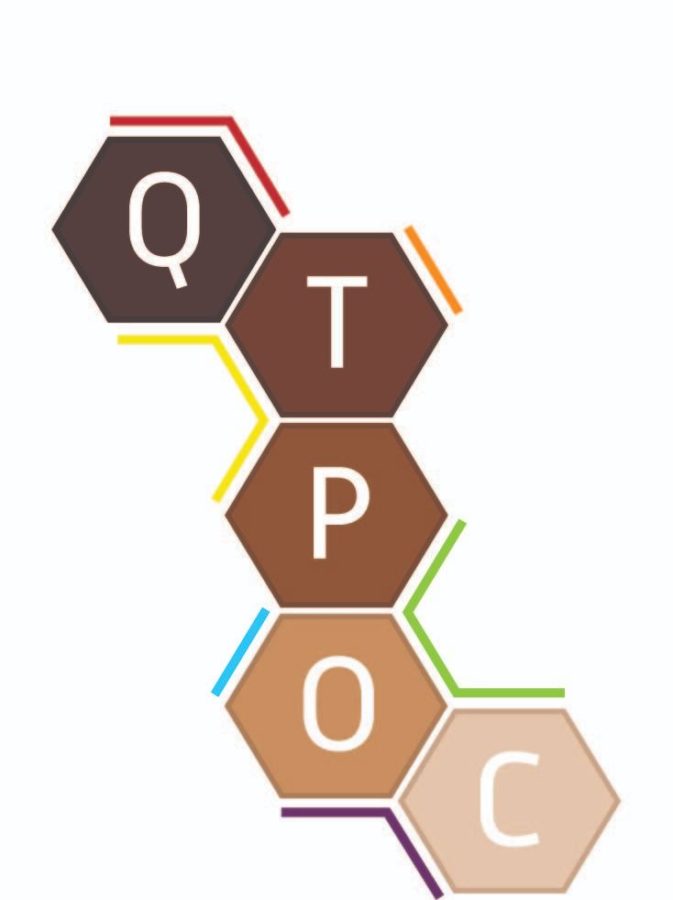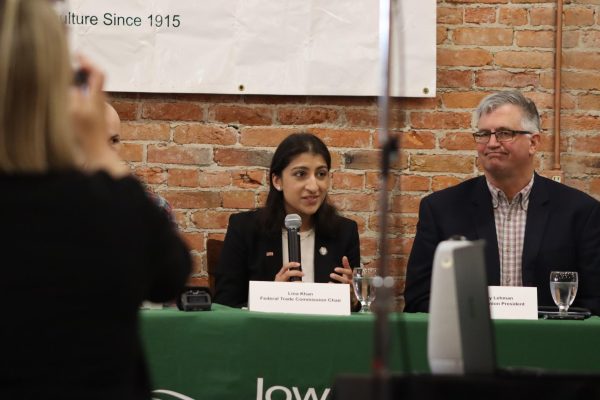Discrimination towards Queer People of Color
Queer and Trans People of Color is a student organization that focuses on building an inclusive community for people of intersectional identities on Iowa State’s campus.
February 10, 2022
Queer and transgender people of color face discrimination many do not see, but these experiences are unique and more common than many may think.
According to the Women of Color Network (WOCN), transgender women of color are almost three times as likely to face violence compared to people who are white and cisgender. This is caused by the intersection of race and sexuality created within these groups, leading to a mix of racism and homophobia.
These two types of discrimination are common and are accompanied by pain, anger or other strong feelings based on who is being targeted. Denise Williams, assistant director of Multicultural Student Affairs, has experienced and witnessed this as a Black woman.
“I have been fortunate in that my experiences have been less pervasive and detrimental compared to what some others have experienced that left long and deep cuts for them emotionally, professionally or personally,” Williams said. “Discrimination and violence leaves a mark no matter where it happens though. Sometimes it’s a paper cut and sometimes it’s a slash.”
Adding a layer of homophobia and transphobia to this discrimination that many people already have towards people of color just adds to the danger and hate.
Creating a safe place for queer people of color is important when trying to prevent this because they may not feel accepted in groups that do not represent their whole identity. This was the goal of Xarius Mickens, former president of Queer and Transgender People of Color (QTPoC), at Iowa State.
“There was a lack of space for people of color,” Mickens said. “I think people see labels like the LGTBQIA+ community, they’re like ‘oh, as long as you’re part of that community, then you should have no problems interacting with other members of the community.’ Unfortunately, that’s just one part of a label. I wanted to start QTPoC because despite being marginalized, a lot of (queer) folks on campus are still white, and that whiteness still stops them from accepting all members of the community especially if they’re non-white.”
Mickens assured that this group does not discriminate against different sexualities within the LGBTQ+ community and does not force members to share anything they are uncomfortable with at meetings.
With QTPoC, queer people of color can find a community of people who share multiple experiences and identities. Resources can also be found through the Center for LGBTQIA+ and the Office of Multicultural Student Affairs.

















